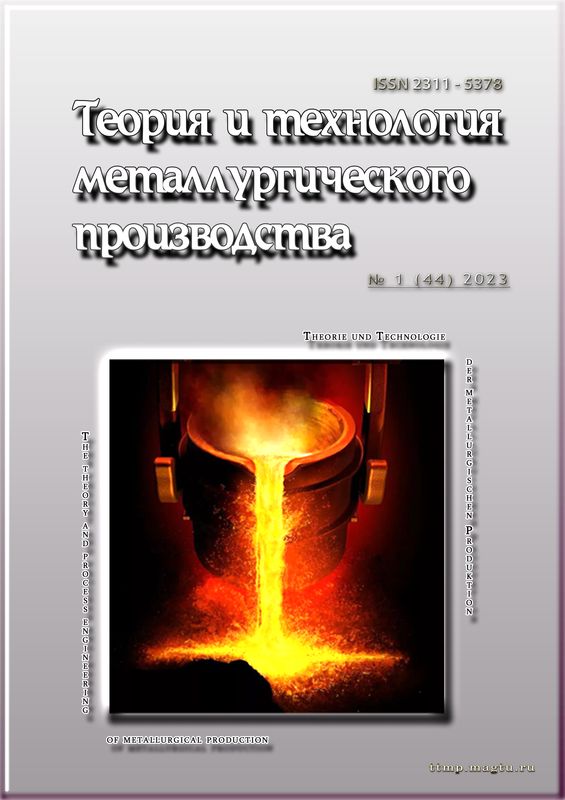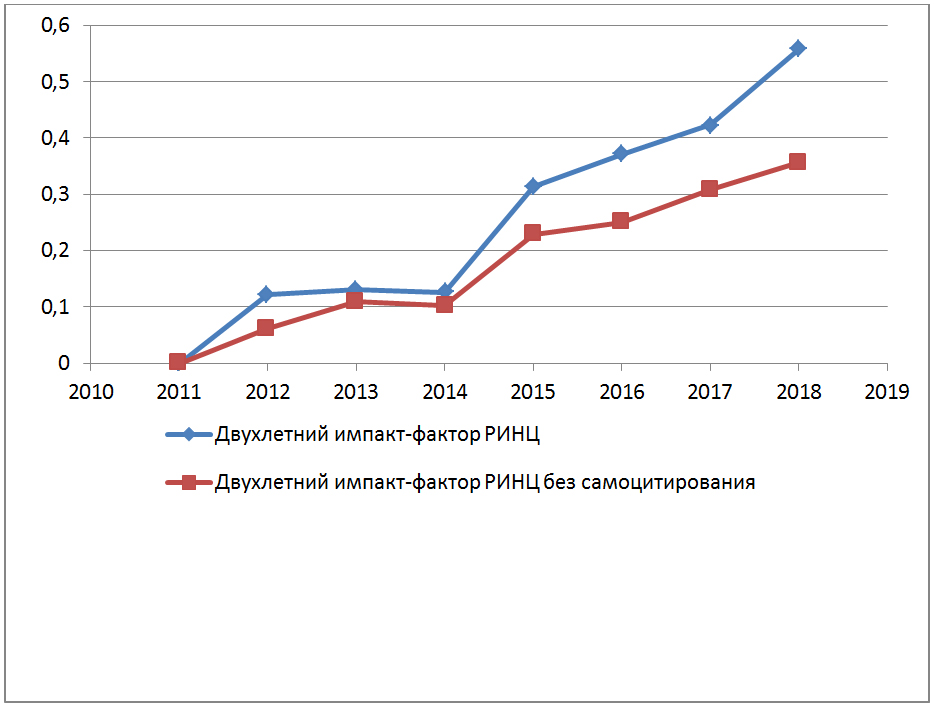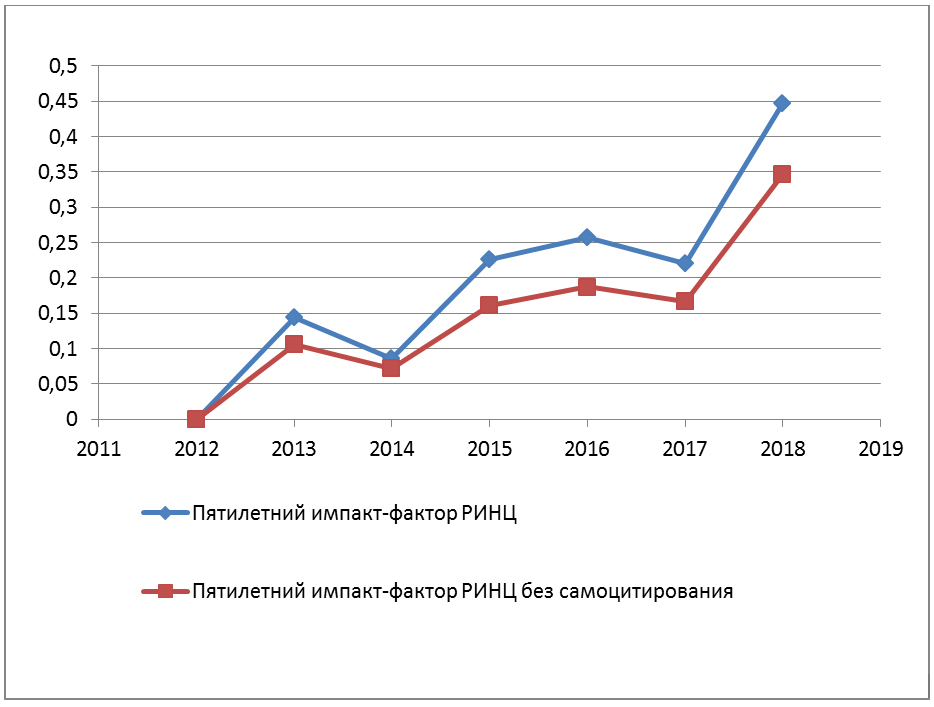download PDF
Abstract
The Russian Federation has numerous deposits of manganese ores, which are characterized by low manganese content (10-30%) and poor enrichment. Therefore, the domestic ferroalloy industry has to work on imported raw materials. The possibility of obtaining silicomanganese from a mixture of poor domestic and rich imported raw materials is considered in this work to meet the needs of domestic metallurgy in manganese ferroalloys. Two deposits of manganese ore in the Urals - Niyazgulovo-1 and Gabon concentrate were selected as an example. Two calculations of carbon reduction and production of ferromanganese-silicon alloys were performed. In the first version of the calculation, Niyazgulovskaya ore was taken as a mono-raw material, and quartzite and iron-bearing material, unlike traditional industrial technologies, were not used. As a result, a calculated alloy does not correspond to the standard grades of fer-rosilicomanganese. But, despite this, it seems possible to use it as a deoxidizer for killed carbon steel grades. In the sec-ond version of the calculation, a mixture of Gabon concentrate (the main source of manganese) and Niyazgulovskaya ore (the main source of silicon and iron, additional - manganese) was taken. The rational share of Niyazgulovskaya ore in the initial charge is 55% and Gabon concentrate is 45%. It is possible to produce FeMnSi22 grade ferrosilicomanga-nese with this ratio of components.
Keywords:
manganese, ferrosilicomanganese, deposits, ore, ferroalloy.
Bigeev Vakhit A. – Dr. Sci. (Eng.), Professor of Metallurgy and Chemical Technologies Department, Nosov Magnitogorsk State Technical University, Magnitogorsk, Russia. E-mail: This email address is being protected from spambots. You need JavaScript enabled to view it.
Kharchenko Alexander S. – Dr. Sci. (Eng.), Head of Metallurgy and Chemical Technologies Department, Nosov Magnitogorsk State Technical University, Magnitogorsk, Russia. E-mail: This email address is being protected from spambots. You need JavaScript enabled to view it.
Potapova Marina V. – Ph.D. (Eng), Associate Professor of Metallurgy and Chemical Technologies Department, Nosov Magnitogorsk State Technical University, Magnitogorsk, Russia. E-mail: This email address is being protected from spambots. You need JavaScript enabled to view it.
Zakutskaya Lyubov A. – postgraduate student of Metallurgy and Chemical Technology Department, Nosov Magnitogorsk State Technical University, Magnitogorsk, Russia. E-mail: E-mail: This email address is being protected from spambots. You need JavaScript enabled to view it.
Posokhin Mikhail A. – bachelor degree student of Metallurgy and Chemical Technology Department, Nosov Magnitogorsk State Technical University, Magnitogorsk, Russia. E-mail: E-mail: This email address is being protected from spambots. You need JavaScript enabled to view it..
Kurguzov Konstantin V. – bachelor degree student of Metallurgy and Chemical Technology Department, Nosov Magnitogorsk State Technical University, Magnitogorsk, Russia. E-mail: This email address is being protected from spambots. You need JavaScript enabled to view it..





